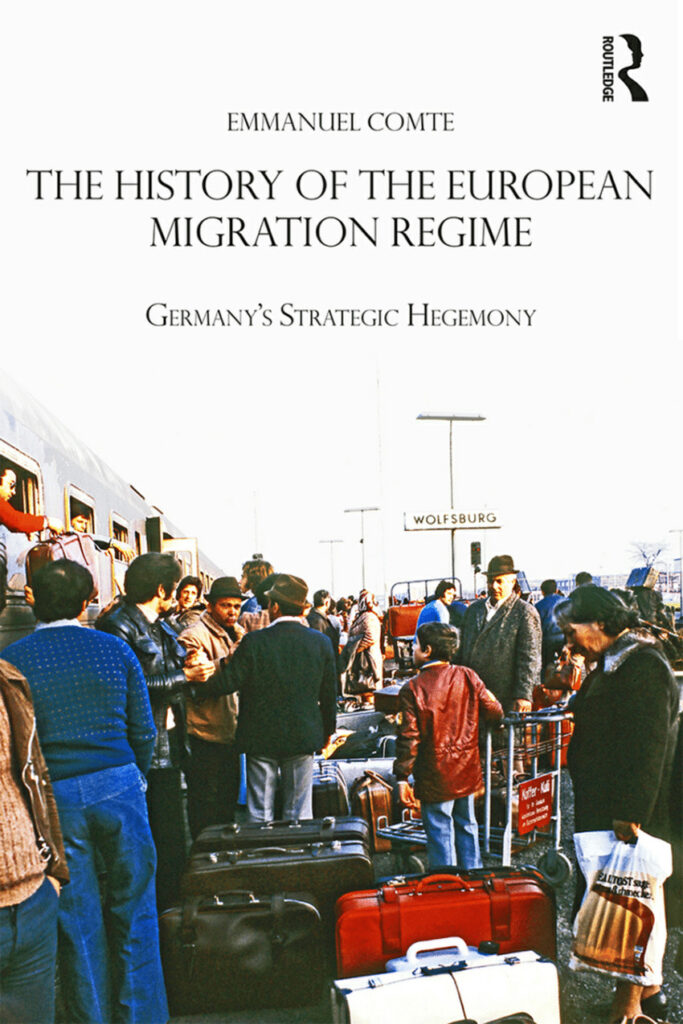The History of the European Migration Regime
Germany's Strategic Hegemony
Synopsis
The History of the European Migration Regime is a groundbreaking historical account of how the migration regime in Europe evolved after World War II. The book argues that the open migration regime in Western Europe was a product of German geopolitical and geo-economic strategies during the Cold War. Using national and international archives, the author traces the evolution of European migration policies from the cumbersome administrative practices of the late 1940s to the free movement of people within the European Community, the creation of European citizenship, and the internal and external dimensions of the Schengen agreements. The book demonstrates how these instruments created a regional migration regime with an unparalleled degree of intraregional openness, while simultaneously restricting immigration from outside Europe. The author shows that Germany’s disproportionate absorption of migrants and transfers of social security benefits abroad were crucial factors shaping the openness of the European migration regime. The book argues that the liberal migration regime in Western Europe supported German economic expansion and contributed to the integration of Europe. The History of the European Migration Regime is an essential read for anyone interested in understanding the historical forces that shaped the migration regime in Europe, and the role of Germany in creating and sustaining that regime. This meticulously researched book challenges conventional wisdom and offers a fresh perspective on one of the most important aspects of European integration.
Testimonials
Comte’s book “is a systematic and thorough account of the emergence of a unique free migration space within Europe. He shows how Germany (and not Italy as many other scholars have claimed) played a deciding role in forging the gradual freedom of labour migration within the European Community (and finally the EU), stressing that this was far from a linear process with a clear plan in mind.” – Leo Lucassen, International Institute of Social History, International Review of Social History
“In this illuminating and timely book, … Emmanuel Comte details the nearly half-century history of how Europe’s regime of internal open borders came into existence. … This book is a significant achievement. It adds a much-needed “European” dimension to a historiography that has mostly told national stories.” – Christopher A. Molnar, University of Michigan–Flint, American Historical Review
Comte’s “book (is) an easy-to-read text fit for a wide audience of both academic scholars and policymakers interested in how and to what extent the current European migration regime was shaped by German influence and which other underlying national interests it came to represent over time.” – Maria Chiara Vinciguerra, University of Cambridge, International Migration Review
